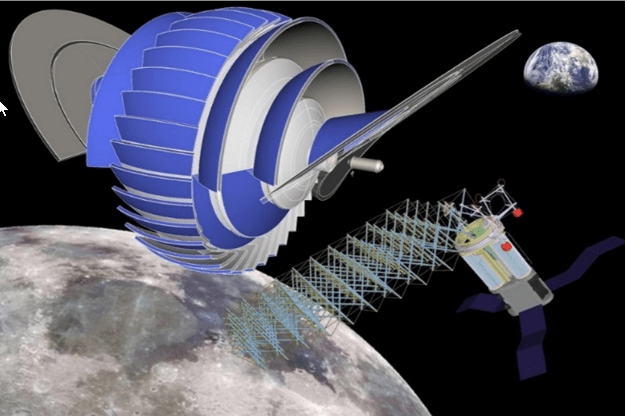There are two main approaches that humanity can take to living in space. The one more commonly portrayed is of us colonizing other celestial bodies such as the Moon and Mars. That approach comes with some major disadvantages, including dealing with toxic soils, clingy dust, and gravity wells.
The alternative is to build our own habitats. These could be located anywhere in the solar system, could be of any size that material science allows, and have different characteristics, such as temperature, climate, gravity, and even lengths of day. Unfortunately, we are still a very long way from building anything like a fully sized habitat. However, we are now one step closer to doing so with the release of a paper from a team at Texas A&M that describes a way to build an expandable space habitat of concentric cylinders that can house up to 8000 people.
Continue reading “Design for a Space Habitat With Artificial Gravity That Could Be Grown Larger Over Time to Fit More People”
